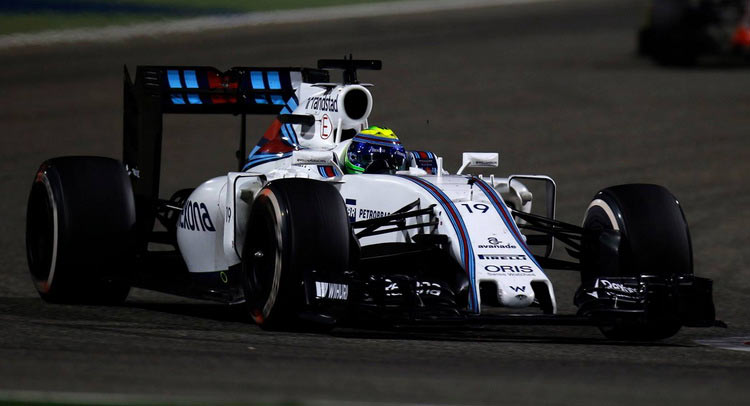After multiple delays due to the FIA’s mandatory crash test regulations, Williams finally flew in their new nose in time for the 2016 Bahrain GP.
The new snout was only fitted to Felipe Massa’s car who still failed to out-qualify his teammate on Saturday, mostly because they couldn’t find the right balance in time.
“We mounted the new front wing and nose this afternoon and the car was very difficult to drive, it was a different balance,” said Massa.
“We had a long meeting after the session, we used the new one and the old one, and the numbers said it gave what it is supposed to give. Then we changed completely the balance of the car, the set-up, so many things and it was more or less in the correct way in qualifying. We decided to use it and managed to improve our time which was important.”
Though less important, aesthetically speaking the new nose doesn’t differ much from the old one. In fact, the difference is quite negligible, and the appearance of the FW38 race car remains almost unchanged.
“Testing new things like that which are not so similar to the other one, it can cause some issues. We took a bit of risk but I hope maybe the risk can give a benefit in the race.”
Massa indeed finished the race one spot ahead of his teammate Valtteri Bottas, though neither Williams car showed strong pace, finishing P8 and P9 respectively, behind the likes of Red Bull, Toro Rosso and even Haas.
Both Williams drivers are set to deploy the new nose and wing together during the Chinese Grand Prix.
Story references: autosport




